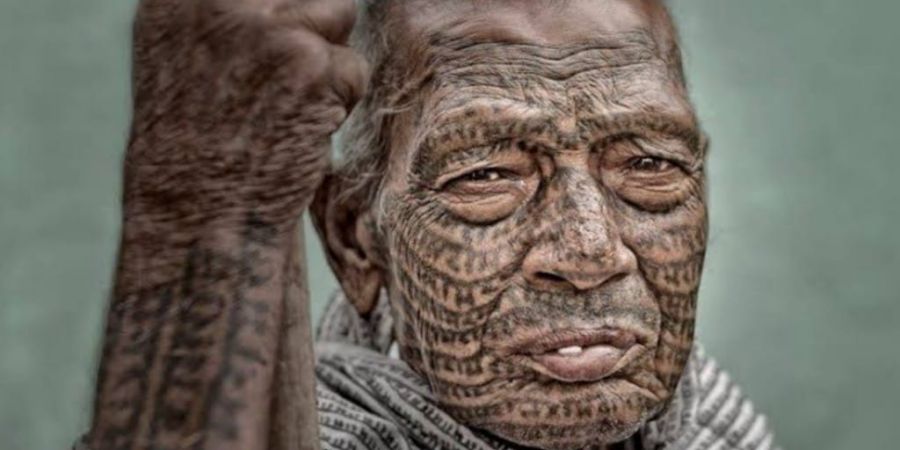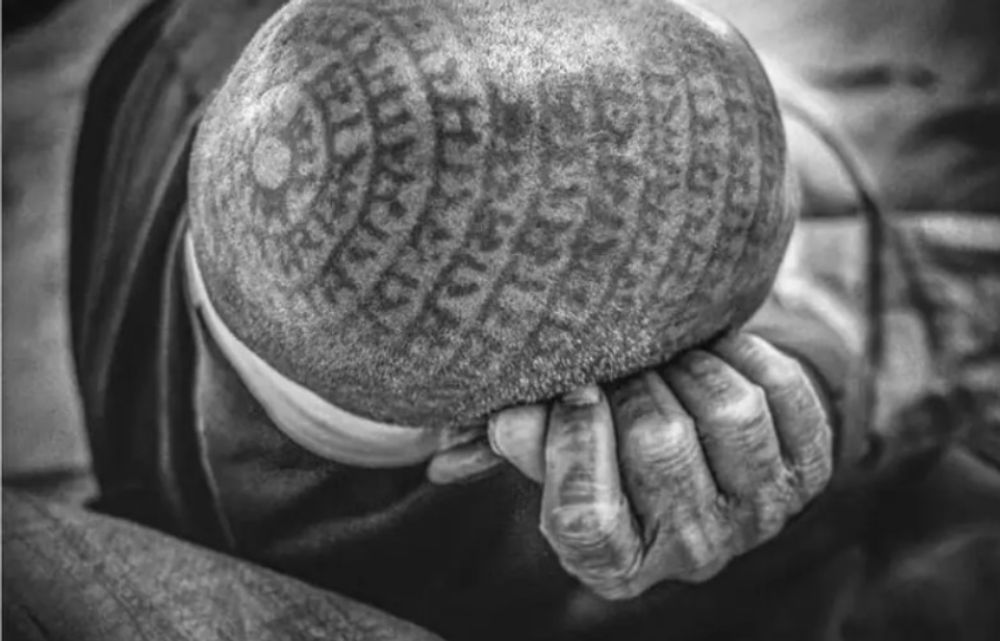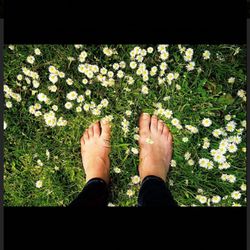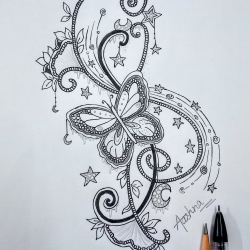

Tattoo culture has been around India since antiquated occasions inside the lower layer or tribes. ... To keep away from that, ladies of their local area got covered with tattoos to make them unappealing to other people. It was a protected way defensive cover.
But in this blog, we are discussing the people called “Ramnamis”

“The Ramnamis started a devotional movement of their own, saying that they did not need anything to pray for. They tattooed 'Ram' on his body and face and settled Ram on their own body.”
It is believed that the Dalits became the Ramnamis. Or the Ramnamis are said to be the descendants of the devotional tradition of the fifteenth-century poet Kabir. Some people get tattoos called 'Ram' all over their bodies. They also cover me with a shawl written by Ram. Peacock feathers warm on the head. People with full-body tattoos are called Purnakshik. The tattoo process is complicated. To do this, first, pour kerosene on a lamp and turn it on. Then a clay pot is placed on top of it. The ink that has accumulated inside the pot is then collected and used for tattooing. It is kept in a heap to prevent damage. Wood chips are used for tattooing on the body. Appointed people do the tattoo work for this. This process is very painful. Ramnamis tattoo every inch of the body, including the eyelids and tongue. They believe that the name of Rama is tattooed all over the body so that the Brahmins do not physically attack them. At the same time, they do not believe in idolatry. Instead, they pray by reciting verses from Ramacharitha Manas. They are very orderly in life. Drinking and drinking are forbidden. They are also taught to treat everyone with equality and respect. Most Ramnais write 'Ram' in black on both sides of the walls of their homes.

Now their customs have changed. It was until the mid-1970s that local children began to receive education and many went to work in the cities. Today, many people stay away from tattoos for fear of being branded 'backward' and denied jobs in cities. Even with a tattoo, it will still be invisible to the naked eye. By the time the child is two years old, they will have tattoos somewhere on their body. Despite the decline in tattooing, the new generation says there has been no decline in devotion. It is estimated that around one lakh Ramnamis are living in four districts of Chhattisgarh.






















